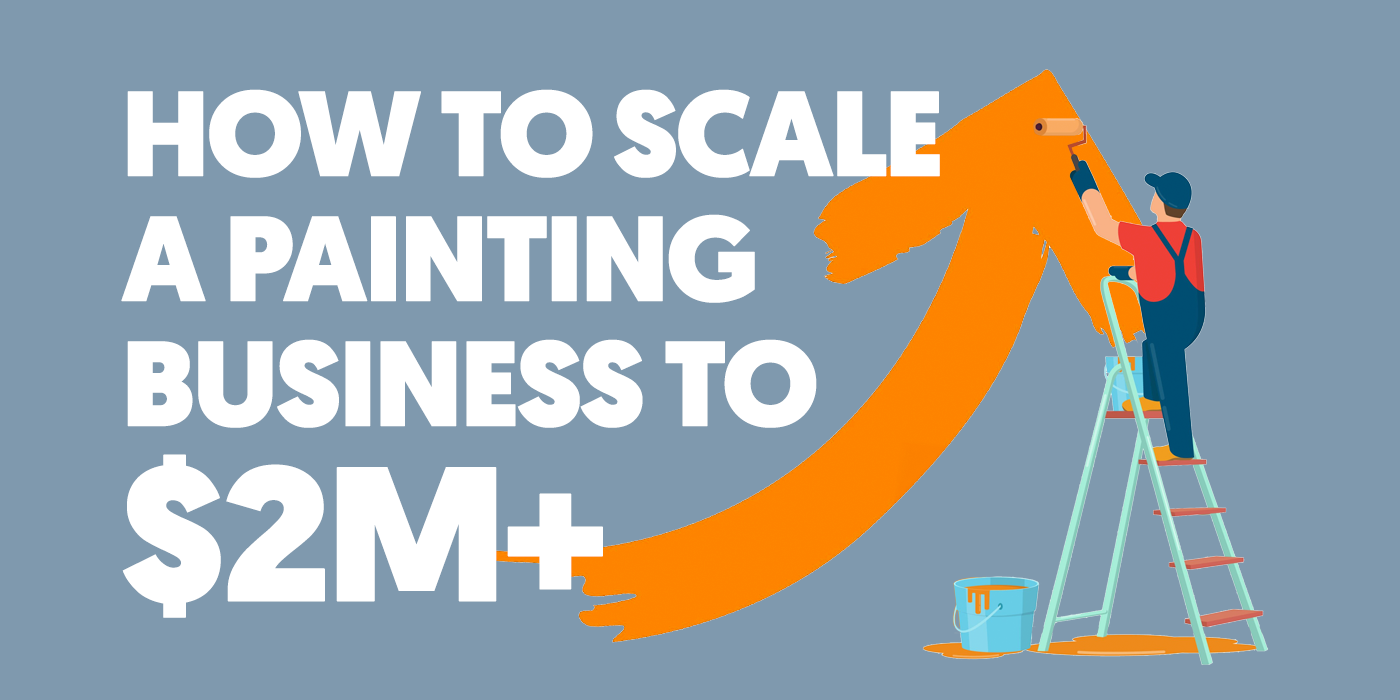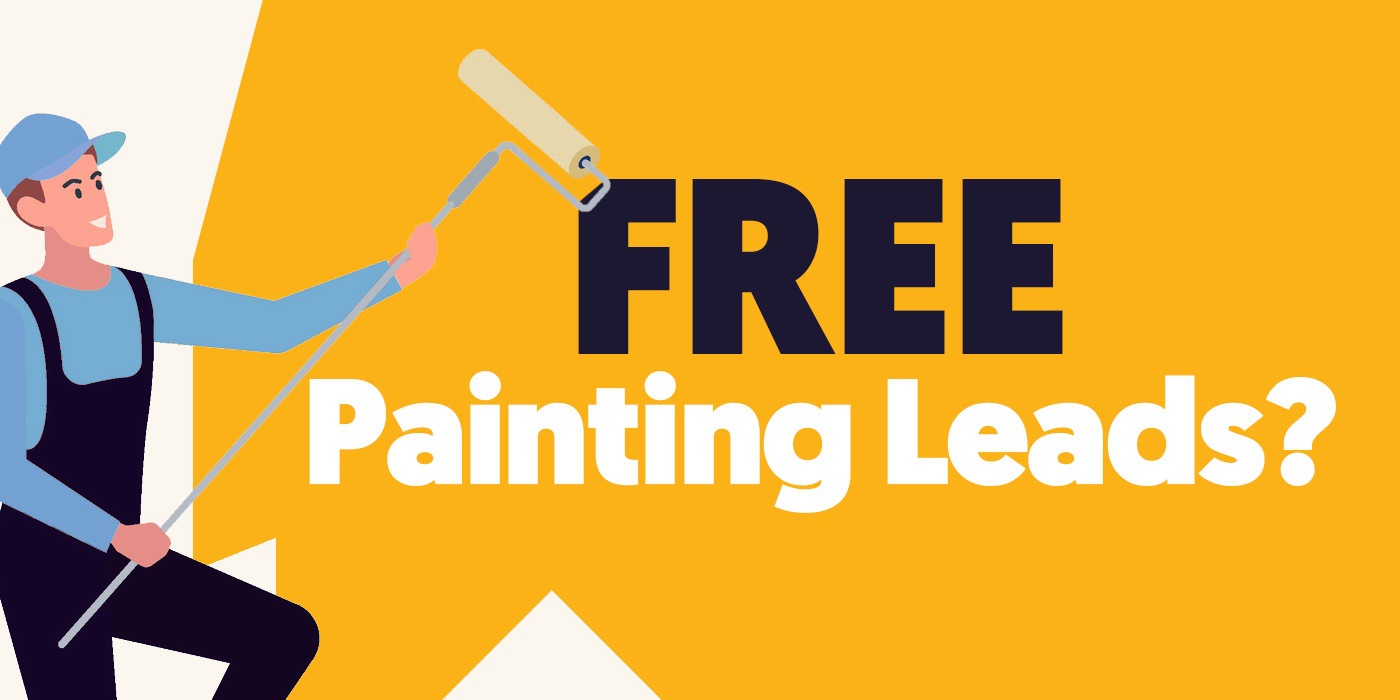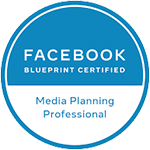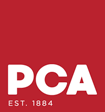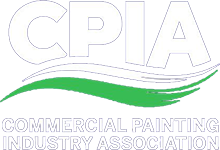
Does your painting business have a website? Does it produce painting leads? Does it get your phone ringing?
If you answered “no” to any of the questions above, keep reading!
Websites for Painters: Why It’s Important
Building a website for your painting business that not only ranks well in search engines, but also converts 5-10% of website traffic into repaint leads should be where you invest most of your marketing dollars.
The majority of your high-quality repaint leads will come from Google, and by most, I mean over 90% of those that start their search online will start their search on Google!
While it is still important to advertise online and invest in print marketing, Google still dominates the online lead generation space with buyer intent.
Imagine having a consistent lead flow that cost exactly zero dollars to advertise!
Sounds great right? Now let’s discuss how we get to this place of business euphoria…
1. Optimizations That Produce Results

It may be tempting to look at a large seven-figure painting business website and try to emulate all of their bells and whistles, but if you’re just getting started or are looking to improve what you have, it’s best to start off with something simple you can build on over time.
Overcomplicating your website without clear intention/direction can negatively impact the primary purpose of your website — To attract more painting leads!
So where do you start?
You should be focused on two primary aspects of your website:
Sounds easy enough, right? Good! Now let’s discuss how to implement these optimizations.
2. Create Value

Google is getting smarter, every day.
Positioning yourself on page #1 used to require “gaming the system” — Primary because your competition was doing the same.
This is no longer the case. Sure, there are still plenty of SEO (search engine optimization) tactics you should focus on implementing, but the underlying strategy is VERY straightforward…
Value First: Simply, focus on adding content to your website that your customers want to read.
Start by considering what your target audience might be searching for. This can include terms like house painter, exterior painter, or painting contractors.
Each term has search intent behind it. For instance, someone Googling “painting contractor” is most likely interested in a commercial painter, compared to someone searching for “house painter.”
Once you identify the terms you want to rank for, begin incorporating them throughout your content. The content on your website is the single most important ranking factor on Google, so the more time you spend on this one the more results you can expect in return.
Be sure to keep your content readable, and make sure it adds value. The reader should walk away with a feeling of satisfaction. This can be as simple as providing a few tips or some FAQs at the bottom of each page.
3. Target Your Ideal Customer Profile (ICP)

Remember, Google ranks your painting business website based on the content you have on the page. If you use terms like affordable or cost-effective you will most likely generate leads from search queries such as “cheap painters near me.” — No thanks.
Use language and a tone that will appeal to your ideal customer profile (your target demographic). If you’re like most quality painting business owners, you know exactly who you want to be painting for. If not, start here!
If you’re trying to reach new homeowners in your target service area with a median household income of $250k+ then you should focus the content on your painting business website around their problems/interests.
For instance, this demographic is generally concerned with the quality of work and the quality of your employees who will be working at their house.
Answer questions they might ask, before they ask: Do you offer a warranty? How much experience do you have? Do you run a background check on your painters?
Sell the hole, not the drill
Identify the concerns of your target audience, and fill them with solutions. This will ensure you rank for terms like “quality painters near me,” rather than the former.
4. Structure Your Website For SEO
If you take one thing away from this article, it should be this: Google ranks pages, not websites!
This means that each page on your painting business website will rank independently of one another in search results. So while your homepage is important, Google will direct most visitors to your interior pages.
Why?
Because Google only cares about search intent and providing the most relevant content based on a particular search term. So if you have a service page for “cabinet painting” Google will most likely rank that page (not your homepage) in search results when the term is queried.
So how do you structure your painting website site to rank each page effectively?
By including pages relevant to your target audience’s search terms you increase the likelihood of Google ranking the pages on your painting business website.
5. Diversify Your Content

So not only do I recommend creating value-added content throughout your site, but you should also create various forms of content.
Seems like a lot of work, right?
That’s because it is! (UGH)
With that said, think of this like a retirement account with compounding interest. If you invest a few hours of your time into this every week (or hire a digital marketing agency to handle this for you) you will solidify consistent, predictable painting leads for your business 3-6 months from now.
Examples of content diversification include, but are not limited to:
Your painting website should not focus entirely on sales. For best results, provide free resources, how-to videos, and other helpful content to establish yourself as THE local source of authority.
6. Optimize Your Photos & Images
We have an entire article detailing the importance of before/after project images, but that’s just the tip of the iceberg.
Unlike other home service industries like plumbers and HVAC companies, the professional painting space is extremely visual. Use this to your advantage!
While project images play an important role, having photos of your team on the job helps increase conversion rates.
Why?
Because marketing is all about pushing our subconscious tendencious into taking action. We are social beings, so naturally, we gravitate toward images of a human face.
For best results, include at least one image of you or your team on every page of your painting business website.
Imagery goes hand in hand with professionalism. It can be fun to experiment with colors and images. For painters, photographs and pictures are crucial for their business websites.
This not only builds trust and credibility, it’s actually your first touch-point. If the face your prospects see on your website is the same face that shows up at their front door for the estimate, you already have a leg up on the competition!
7. Use a Responsive Website Template

Mobile-first web design, or prioritizing the mobile user experience over what is displayed on the desktop is now a standard website design best-practice. This is for two primary reasons:
Most modern website builders or CMS (content management systems) like SquareSpace and WordPress will come standard with a responsive theme, or templates that respond to the screen size. But this is just a framework, so it’s important that you play nice with your website editor.
Here are a few tips to keep your website optimized for mobile devices:
Something that you shouldn’t worry about? The length of your page, or the amount of scrolling that is required to get to the bottom. This may sound counter-intuitive (who wants to spend time scrolling my website?) but look no further than the infinite scroll feature on every major social media platform!
8. Include a Call-to-Action on EVERY PAGE
There’s no sense in pushing visitors to your website if they’re unsure how best to contact you. This is one of the most overlooked components to perfect your painting business website.
CTAs, or a call-to-action, should be included multiple times on every single page. Why? Because you should never assume someone navigates your website the same as you do.
Making it overly obvious how to get in touch by including these elements on EVERY PAGE:
By providing your visitors with several CTAs on every page it allows them to select their preferred method of contact, increasing the likelihood they will reach out to begin with.
9. Reviews

Reviews and testimonials, otherwise known as “social proof,” are a requirement to increase onsite conversion rates.
Nearly all consumers believe that ratings impact their decision to buy a product or service.
Show that your company is trustworthy by emphasizing positive online reviews. I recommend embedding your reviews directly on your website near your estimate form.
Struggling to capture new 5-star reviews? We wrote an entire article to help with this!
10. Check Everything
Always plan to test and review your website changes right before, or immediately after pushing them live. I know, this may seem like overkill but I can’t tell you how many times a pre-launch check has helped us catch and address errors before they go live.
Here is a checklist you can use before publishing:
Once your changes are live, it’s important to monitor for future errors. We live in a digital world that never stops spinning. As updates are released and code bases change, website errors will inevitably arise.
For this, we recommend Pingdom or Uptime Robot.
Generate a Consistent Flow of Leads From Your Website
If this article made your palms sweat, don’t stress, we can help.
Here at Base Coat Marketing, we serve residential and commercial painting companies throughout the US and Canada.
Our team of digital marketers works closely with our website designers and developers to ensure that you have a cohesive marketing plan that generates consistent, predictable painting leads throughout the year.
Our strategy focuses primarily on SEO, while layering on Facebook Ads, Google Ads, and more to keep your calendar full while reducing your dependency on ad spend over time.
If you’re interested in hearing more, give us a call: 888-313-1991.



